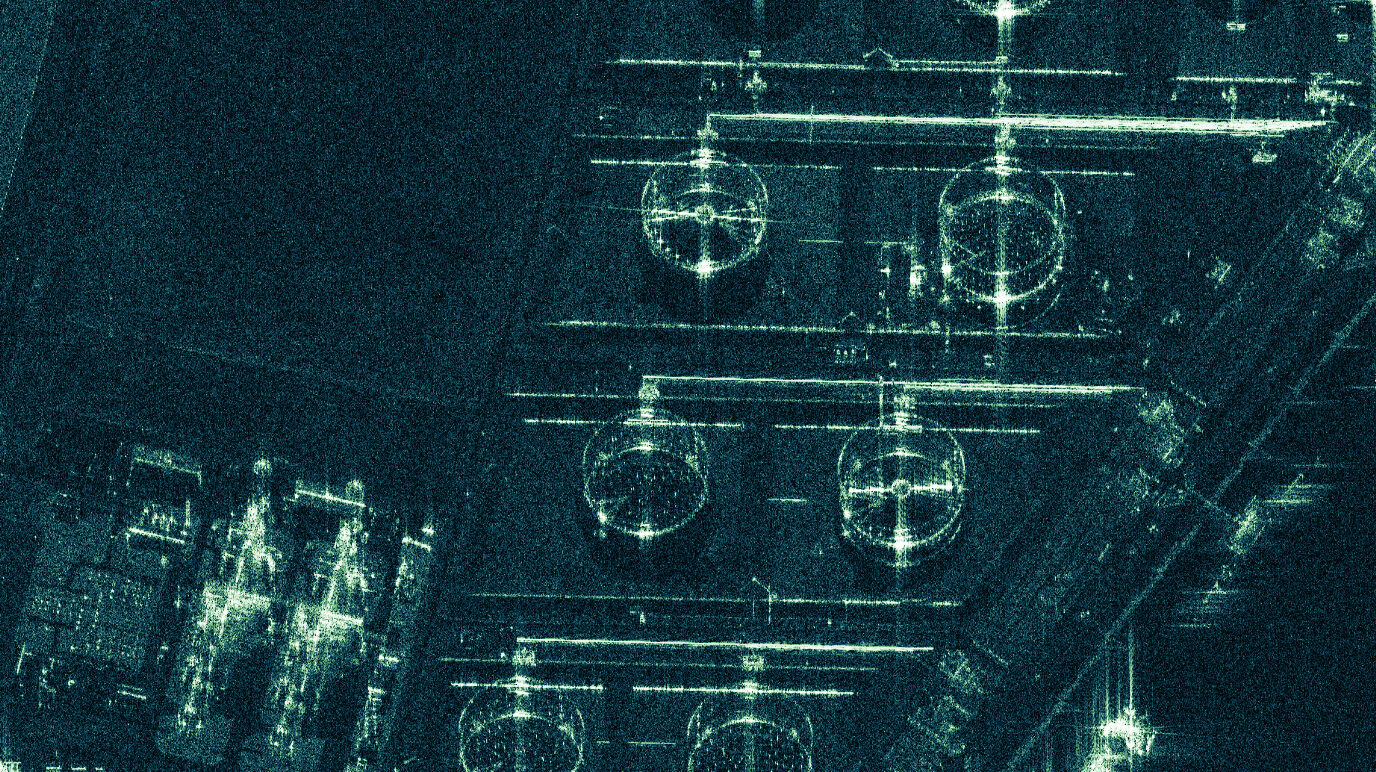THERESA HITCHENS

WASHINGTON: The Army has signed a new research and development agreement with Finnish startup ICEYE, broadening its efforts to suss out capabilities and use cases for synthetic aperture radar (SAR) satellite data.
This is the second Cooperative Research and Development Agreement (CRADA) the service has signed with a SAR-sat firm — the first, or at least the first announced, anyway, was with Capella Space — as part of its high priority initiative to speed intelligence, surveillance and reconnaissance (ISR) from Earth observation sats directly to soldiers on the battlefield. CRADAs work on a no-cost (or almost no cost) basis, where industry provides technology and the services provide people-power and testing facilities.
“This particular contract signifies an entry point into working very closely and collaborating with the Army to prove out our technology, as well as to work with them on potential use cases, including the integration with their ground station, TITAN,” Jerry Welsh, CEO of ICEYE’s US arm, told Breaking Defense.
TITAN, for Tactical Intelligence Targeting Access Node, is envisioned as a mobile ground station that can take data not just from satellites, but also from high-altitude, aerial and terrestrial ISR sensors to provide targeting data directly to Army Long-Range Precision Fires networks. It also is the linchpin in the Army’s approach to the department’s Joint All Domain Command and Control (JADC2) strategy, designed to connect sensors and shooters across the air, land, sea, space and cyberspace domains so they can share targeting data in seconds.
Research on SAR and other ISR satellite capabilities is being spearheaded by the Army Space and Missile Defense Command Technical Center.
“High-quality, frequent-revisit commercial SAR is particularly important to us because it enables day-night, all-weather imaging and complements national satellite systems,” said Col. Matt Anderson, SMDC’s Space Directorate leader in a Nov. 18 press release.
The CRADA will cover “exploration of cost-effective SAR systems including imagery tasking and uplink, SAR satellite downlink and ground station(s), image processing, and image dissemination” related to Army and DoD requirements, the release explains. Further, the service will look especially hard at the ability to significantly cut the time it takes to relay ISR data from a sat to shooters on the ground using the current Common Ground Terminal first, and TITAN in the future.
In order to provide that fast connectivity — known as low latency in the satellite business — a satellite constellation has to have a very high revisit rate. ICEYE has previously said its constellation can provide SAR imagery of a ground target at best about every three hours (although that varies depending on where any one satellite is in its orbit). While imagery resolution also varies, depending on the sensor mode, the company last year announced its ability to provide “pictures” with a 25 centimeter resolution.
Welsh said that “from a technical perspective, we have the capability to integrate with TITAN,” and that on the face of it he sees no real obstacles to ICEYE providing the Army with SAR capability. On the other hand, he said, “the whole reason of having this collaboration” is that “there may be things that come up and, and we’ll tackle those together to determine whether and how we can we can meet those needs and requirements.”
No comments:
Post a Comment